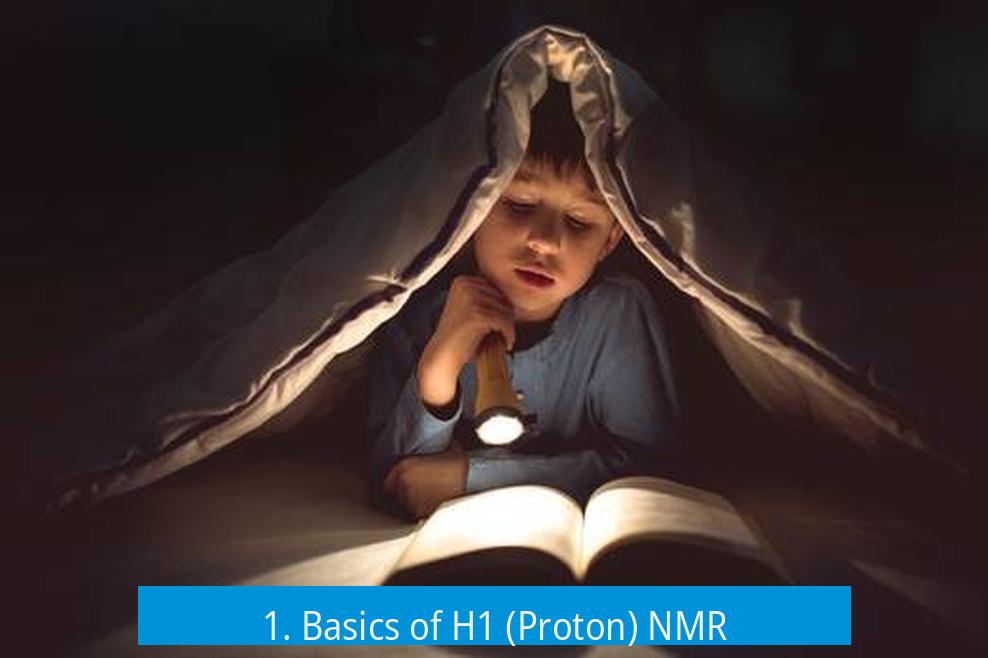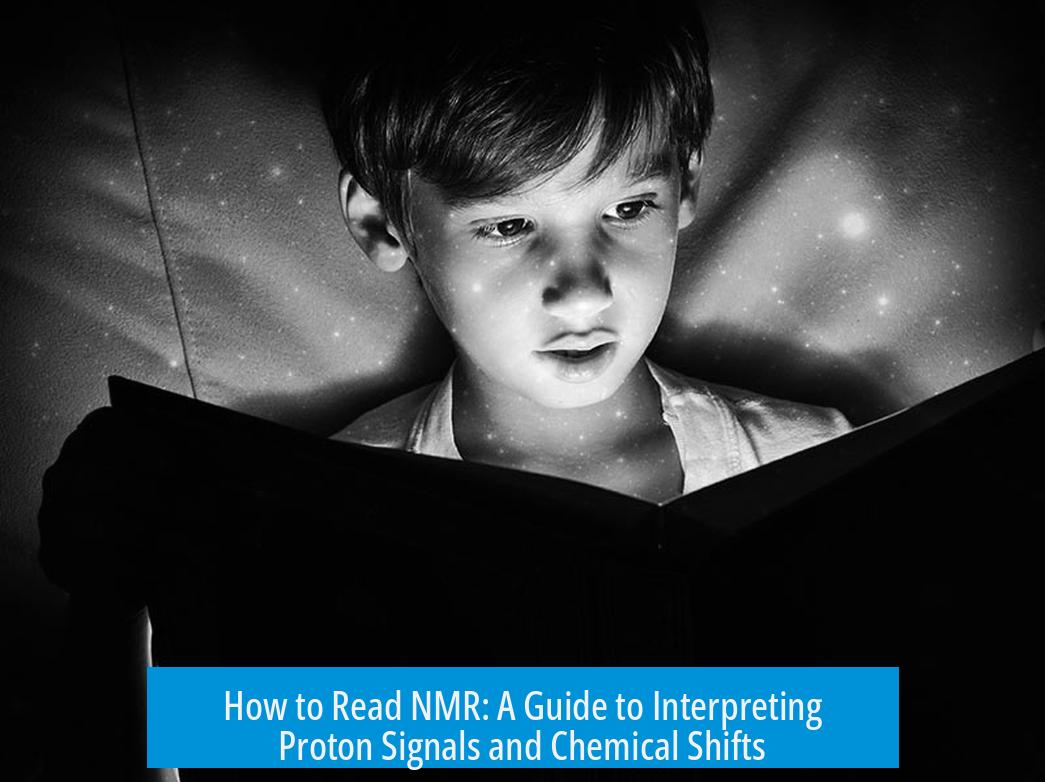How to Read NMR

Reading Nuclear Magnetic Resonance (NMR) spectroscopy involves interpreting proton signals (H1 NMR) based on chemical shifts, splitting patterns, and integration of peaks to deduce molecular structure. Understanding each element helps identify hydrogen environments within organic compounds, essential in chemistry.
1. Basics of H1 (Proton) NMR

H1 NMR focuses on hydrogen atoms, mostly those bonded to carbon atoms. This is the primary type of proton NMR encountered by beginners.
Reading NMR means recognizing that hydrogens attached to carbons produce signals representing unique chemical environments. The spectrum displays these as peaks based on different hydrogen surroundings.
2. Interpreting Chemical Shifts
The chemical shift appears on the X-axis in parts per million (ppm). It shows how shielded or deshielded a proton is from the magnetic field.
- Shielded hydrogens have more electron density around them and appear upfield (lower ppm values).
- Deshielded hydrogens lose electron density due to nearby electronegative atoms like oxygen and appear downfield (higher ppm).
For example, in ethyl acetate: – Peak A at 4.119 ppm is adjacent to oxygen, thus most deshielded. – Peak B at 2.038 ppm is one carbon away from oxygens and less deshielded. – Peak C at 1.26 ppm is farthest, least deshielded.
This pattern allows assigning peaks based on proximity to electronegative atoms.
3. Splitting Patterns and Adjacent Hydrogens
Splitting reveals the number of neighboring hydrogens via coupling. The formula is:
Splitting = (Number of adjacent hydrogens) + 1
- Singlet (one peak): no adjacent hydrogens (0 + 1 = 1)
- Doublet: one adjacent hydrogen (1 + 1 = 2)
- Triplet: two adjacent hydrogens (2 + 1 = 3)
- Quadruplet: three adjacent hydrogens (3 + 1 = 4)
In ethyl acetate:
| Peak | Type | Explanation |
|---|---|---|
| A (~4 ppm) | Quadruplet | CH2 adjacent to CH3 (3 hydrogens) |
| B (~2 ppm) | Singlet | No adjacent hydrogens |
| C (~1.2 ppm) | Triplet | CH3 adjacent to CH2 (2 hydrogens) |
4. Integration and Peak Area
Integration represents the relative number of hydrogens producing each peak. The area under the peak correlates to hydrogen count.
- Integration values must be converted to whole numbers when measured physically.
- In ethyl acetate, peaks show:
| Peak | Integration (Number of H) |
|---|---|
| A | 2 hydrogens |
| B | 3 hydrogens |
| C | 3 hydrogens |
Thus, integration confirms molecular fragment sizes for identification.
5. Tips for Learning and Practicing NMR
NMR interpretation improves with hands-on practice. Approach spectra by tabulating key data:
- Chemical Shift
- Hydrogen Environment
- Integration (Intensity)
- Splitting Pattern
- Number of Adjacent Hydrogens
- Peak Assignment
Use online simulators and problem sets. Recommended resources include:
- OrgChemBoulder Spectroscopy Problems
- NMRDB Predictor Tool
- YouTube channels like AK Lectures, SBGrid Consortium
Practice helps translate theory into confident spectral assignment. Explaining spectra aloud or using tables can reinforce understanding.
Key Takeaways
- H1 NMR analyzes hydrogens mainly bonded to carbons.
- Chemical shifts tell how shielded hydrogens are; oxygen nearby means higher ppm.
- Splitting patterns show number of adjacent hydrogens plus one.
- Integration measures relative hydrogen count per peak.
- Active practice with real spectra is essential to mastering NMR reading.





Leave a Comment